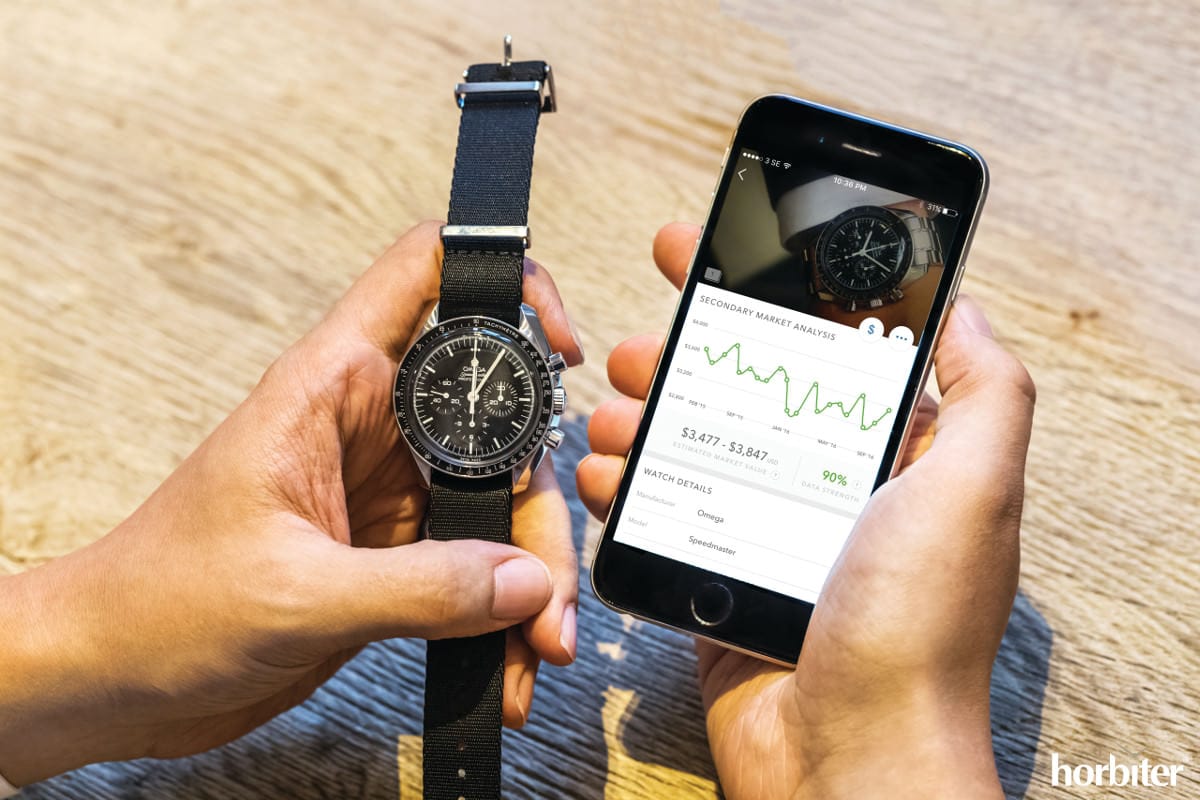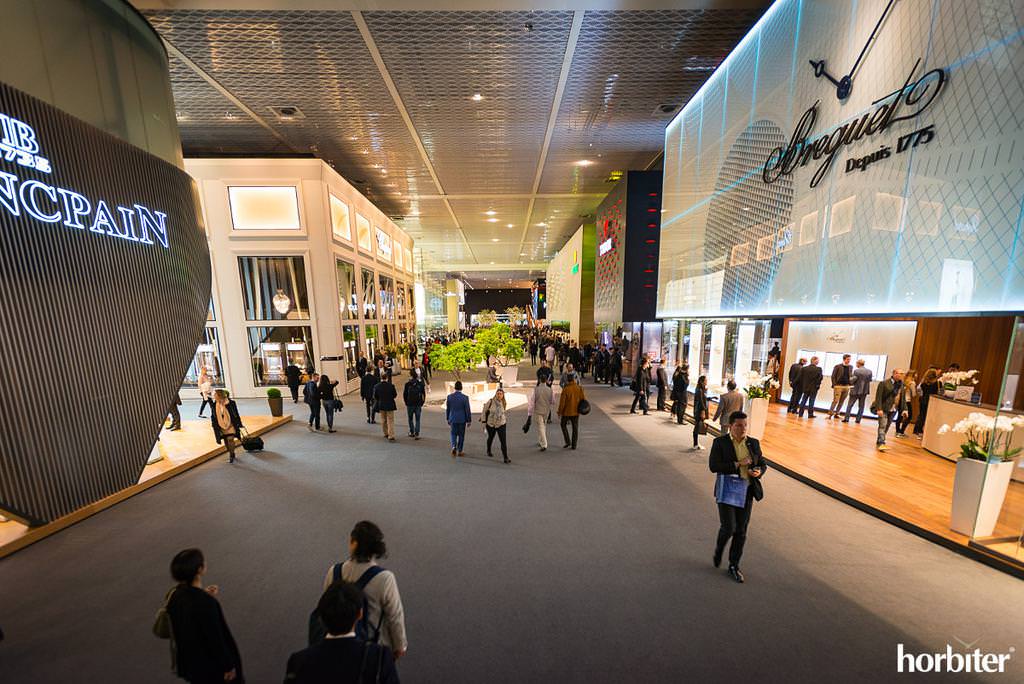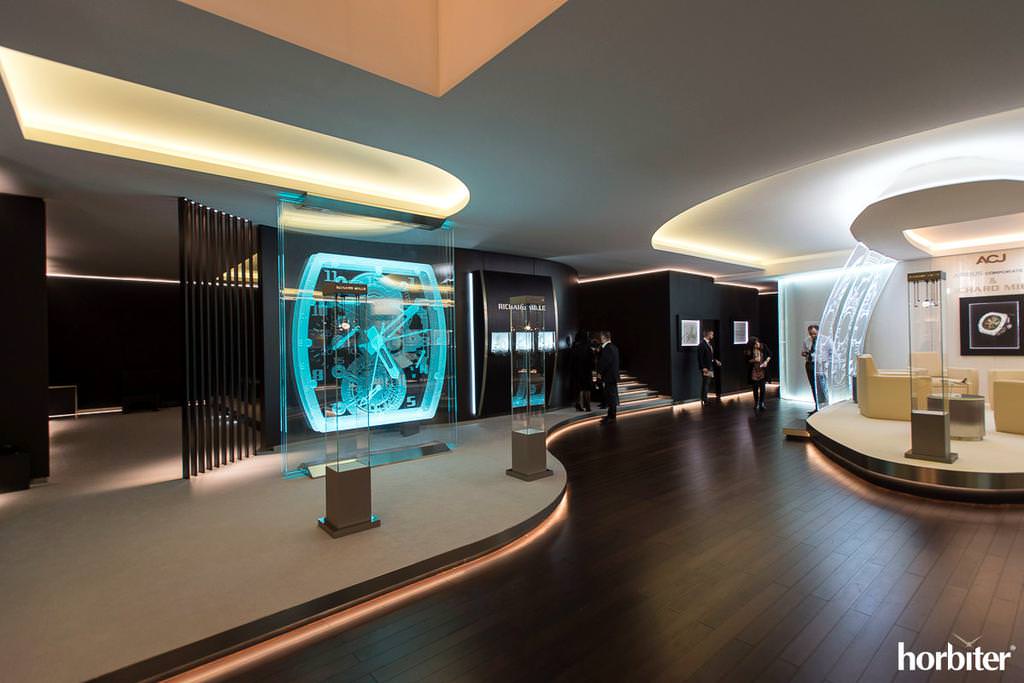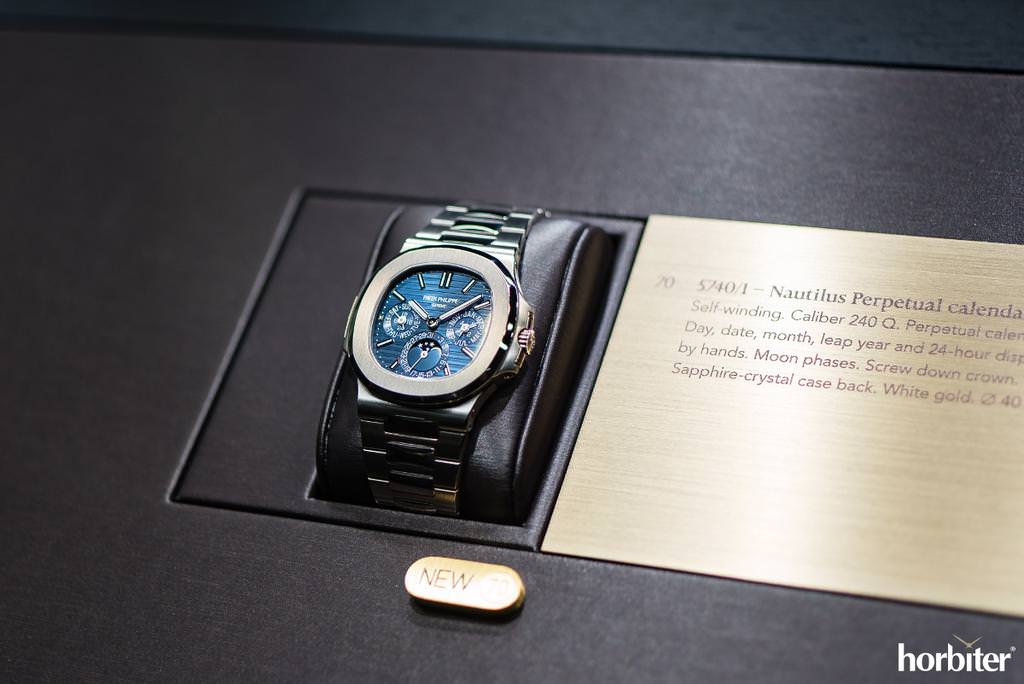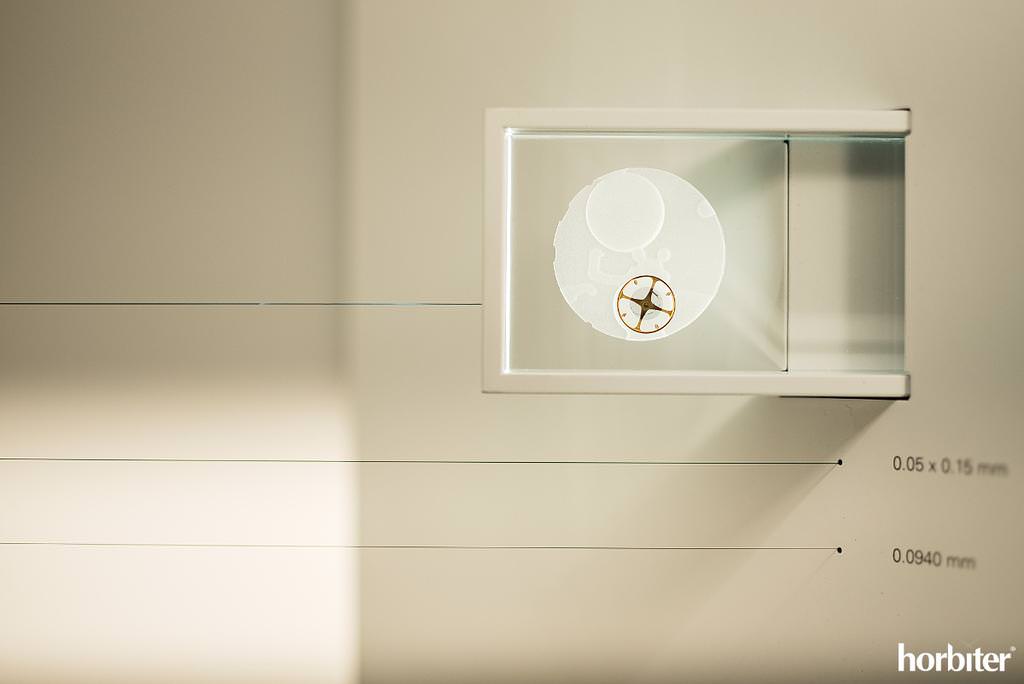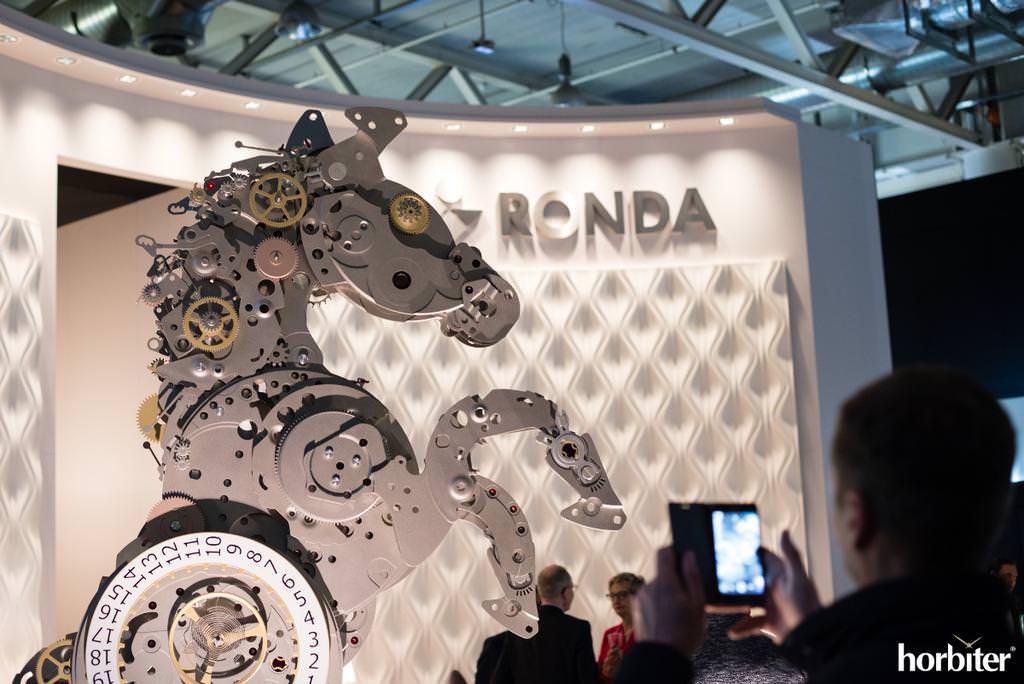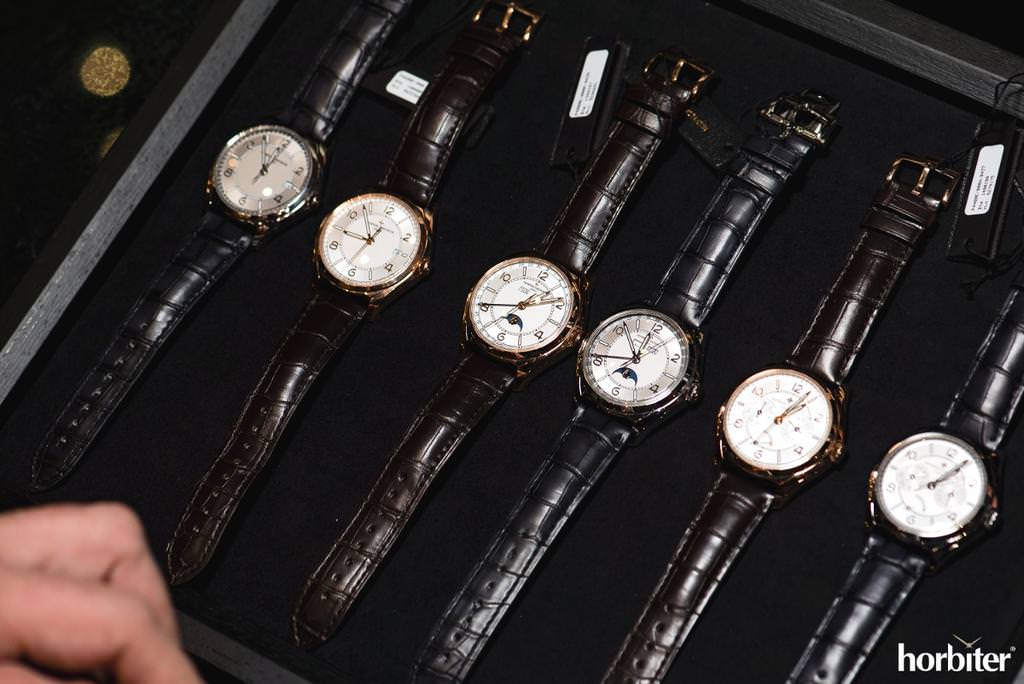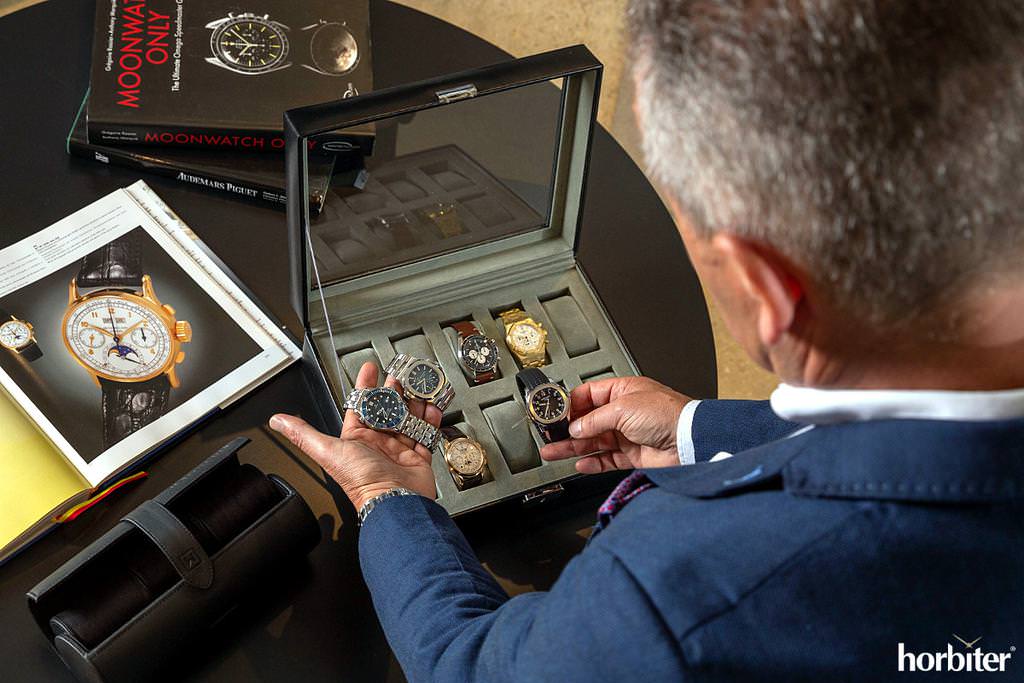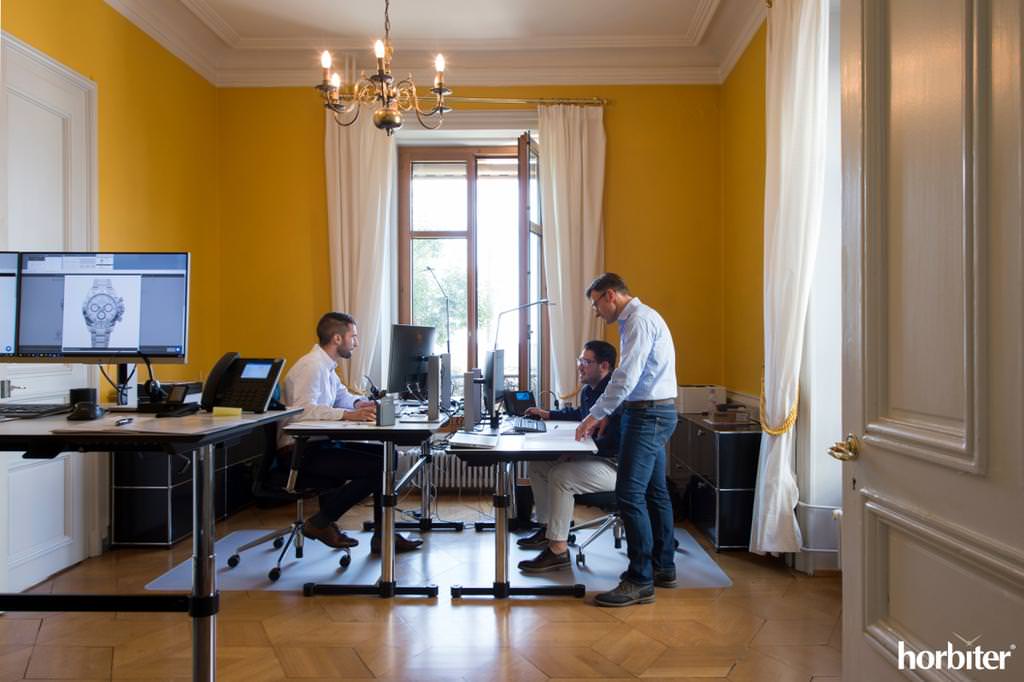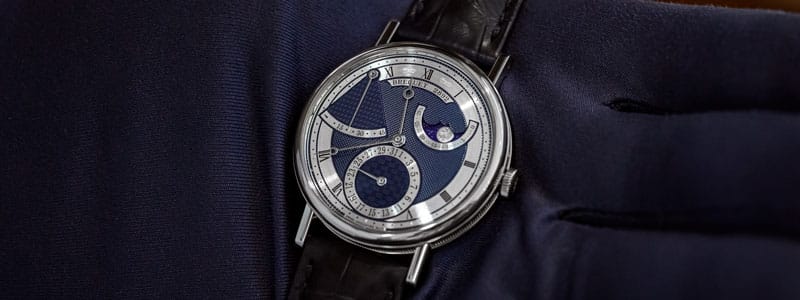Table of Contents
The Swiss watchmaking sector is undergoing a major transformation; retail is under the loupe, albeit in a different way between Europe and the rest of the world, fairs are gradually losing their importance, especially Baselworld, after the Swatch Group decided to abandon the fair’s buildings located in Messeplatz.
Figures and feelings; a snapshot of the market according to Vontobel and the current transformation of the watch market
What is currently happening? Let’s try to explain it with figures. The latest report released by the Vontobel Bank that gives us the results of the luxury players, confirms that 2017 marked a trend inversion if compared to the poor results of 2016 and of the previous years. Year on year, volumes and margins are back to growth although, especially in the case of the latter ones, the record was reached in 2013 and has not yet been equaled since.
The origins; ETA turns off the taps and several brands seize the opportunity to position themselves to a higher level
It is not possible to describe the history of the sector crisis in a few lines and to do so for such a complex sector would be a big mistake. It is however interesting to try and identify the drivers that led to the last ten years’ change and there are some of these that, from the point of view of an external eyewitness, could be defined as ‘triggering’.
The gray market and the growth of the pre-owned certified market
Let’s pretend you had big volumes and references at your disposal that couldn’t all be absorbed by the retail network, which is designed for specific geographic areas (meaning that it has a physiological growth limit) or by single-brand boutiques; wholesalers and the gray market have begun to spread widely and to increasingly absorb large product volumes that are sold without an official guarantee. As if we were talking about currency and inflation the “working capital” of watches on the market has grown out of proportion, so much that companies like Authentic Watches and Luxury Bazaar have boomed, but they are only the tip of the iceberg of a bigger phenomenon.
WatchBox’s case history: Danny Govberg’s intuition
WatchBox was born from the vision of someone, who was born and raised as a major authorized retailer of the best Swiss brands, someone who understood before everybody else the importance and the growing weight of the certified pre-owned business and who has all the experience of a large authorized dealer of many of the most prestigious Swiss brands (he is also responsible for their after sales processes).

What makes WatchBox different from the competition?
The first advantage of a certified pre-owned company is that it accepts and offers a larger number of luxury brands; a service that no other brand can directly offer. Audemars Piguet offers a pre-owned evaluation service for instance but, of course, it does so exclusively for AP–branded watches. The adjective “certified” indicates a process that involves the evaluation of your watch and, when it comes to WatchBox, this evaluation process is very fast (I tested it personally about two months ago) and the company provides you with an immediate payment.
How much is the market of pre-owned watches worth according to the analysts and how much is it worth according to WatchBox’s estimate?
If you consider the sales volumes of the last 15 years, WatchBox estimates that this market is worth 500 billion dollars; that is to say 100 times more than what the Swiss company Kepler Cheuvreux estimated. WatchBox’s experts have come to this figure by including all the watches that lie, unused, in the drawers of big and small collectors all over the world and that represent a huge potential market. The company’s business model is based on a multi–channel approach that relies on the most advanced digital technologies, such as an extremely advanced App and an algorithm used to objectively evaluate your watch without leaving aside the value of human contact, as shown by the offer of a direct customer-retailer relationship.
(Photo credit: courtesy of WatchBox, Govberg. Horbiter®’s proprietary photo-shooting)
Gaetano C @Horbiter®


